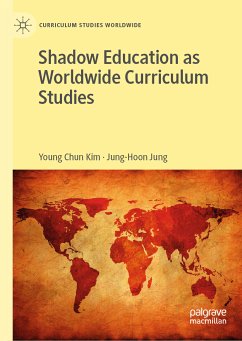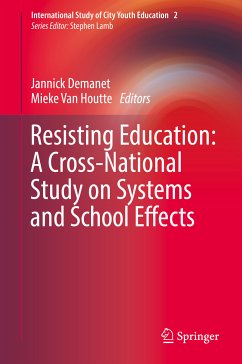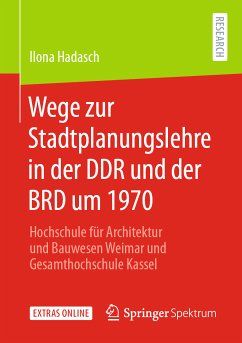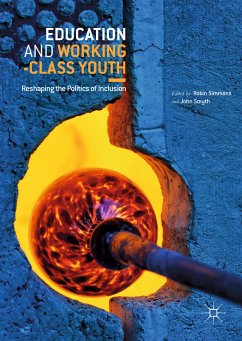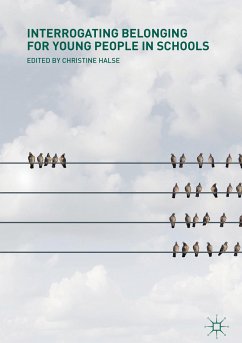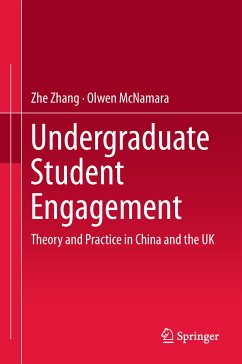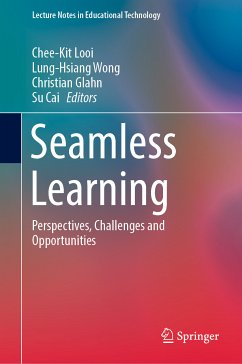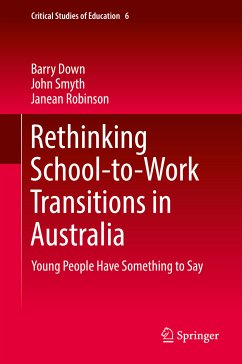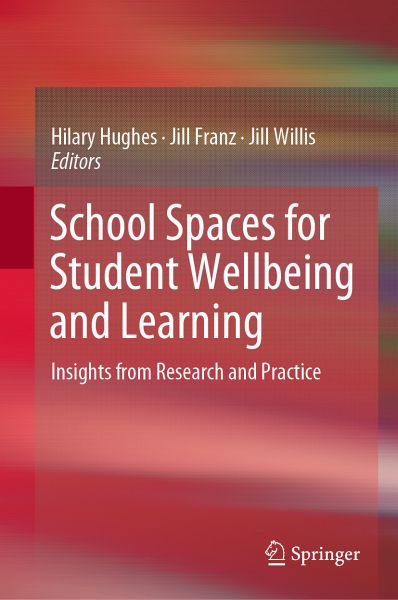
eBook, PDF
School Spaces for Student Wellbeing and Learning (eBook, PDF)
Insights from Research and Practice
Redaktion: Hughes, Hilary; Willis, Jill; Franz, Jill

PAYBACK Punkte
56 °P sammeln!





School Spaces for Student Wellbeing and Learning (eBook, PDF)
Dieser Download kann aus rechtlichen Gründen nur mit Rechnungsadresse in A, B, BG, CY, CZ, D, DK, EW, E, FIN, F, GR, HR, H, IRL, I, LT, L, LR, M, NL, PL, P, R, S, SLO, SK ausgeliefert werden.
Hilary Hughes is an adjunct associate professor at the Faculty of Education, Queensland University of Technology (QUT), Australia. From 2015 to 2018 she taught units in the Master of Education program, including Designing Spaces for Learning. Her research interests include learning space design, information literacy and informed learning, and international student experience. She has been chief investigator for two Australian Research Council (ARC) Linkage projects and has completed several other funded projects. Hilary's qualifications include a PhD (QUT, Australia), MA in Librarianship (Sheffield University, UK) and BA Combined Honours in Spanish and Romance Linguistics (Birmingham University, UK). In 2010 Hilary was Fulbright Scholar-in-Residence at the University of Colorado Denver, USA. Jill Franz is a professor at the School of Design, Creative Industries Faculty, Queensland University of Technology, Australia. She has extensive experience in academic departmental administration as well as in professional practice, research and teaching of architectural and interior design. Her research focuses on the environment and its potential to enhance health, wellbeing and social justice. She is chief investigator for an Australian Research Council funded project: Innovative procurement theories to optimise education per cost of school. Jill Willis is a senior lecturer at the Faculty of Education, Queensland University of Technology, Australia. She teaches in the area of leadership and management studies, enabling school leaders to plan for and lead change. Her research interests focus on learner agency, pedagogy, assessment, and learning spaces. Jill's research projects include a Queensland Government Horizon Grant exploring with partner schools how participatory evaluation can inform design of new senior assessment responses. Jill's qualifications include a PhD (QUT, Australia), MEd in Educational Leadership (JCU), Graduate Diploma in Education (BCAE) and BA (UQ).
Produktdetails
- Verlag: Springer Nature Singapore
- Seitenzahl: 287
- Erscheinungstermin: 21. Februar 2019
- Englisch
- ISBN-13: 9789811360923
- Artikelnr.: 57625735
Für dieses Produkt wurde noch keine Bewertung abgegeben. Wir würden uns sehr freuen, wenn du die erste Bewertung schreibst!
Eine Bewertung schreiben
Eine Bewertung schreiben
Andere Kunden interessierten sich für


